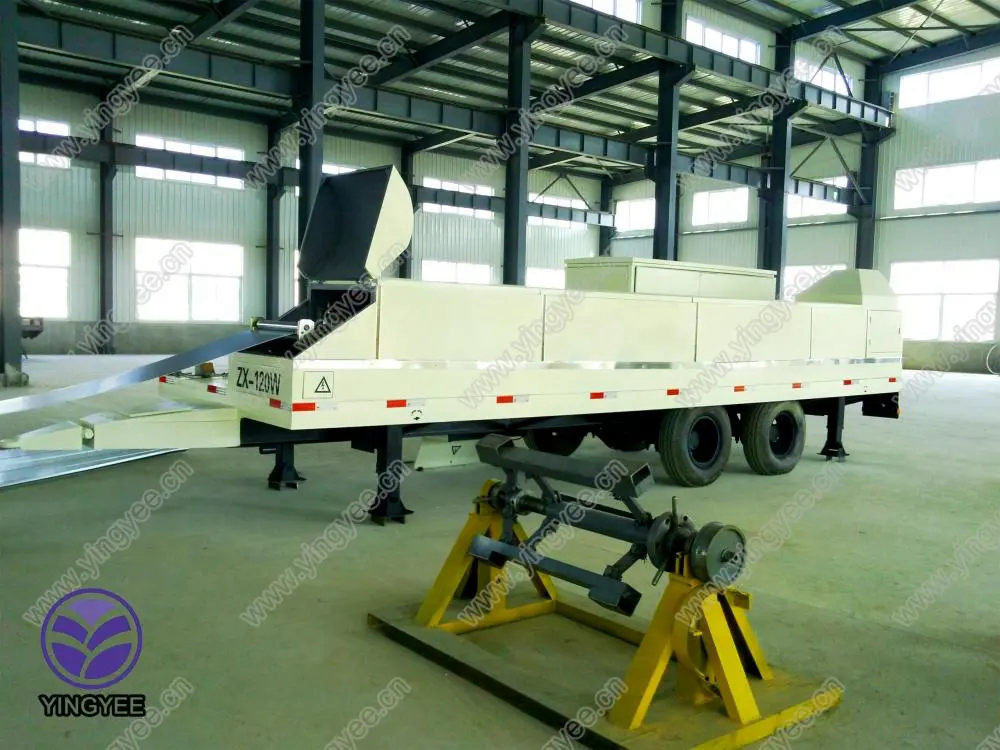
The Significance of Angle Steel Roll Forming Machines in Modern Manufacturing
Angle steel, characterized by its L-shaped cross-section, plays a vital role in various construction and manufacturing sectors. This versatile product is often used in structural applications, such as frame supports, brackets, and reinforcements. To efficiently produce high-quality angle steel, angle steel roll forming machines have emerged as indispensable tools in modern manufacturing processes. This article discusses the importance, operation, and benefits of using angle steel roll forming machines.
Understanding Angle Steel Roll Forming Machines
Angle steel roll forming machines are specialized equipment designed to transform steel strips into angle steel profiles. The process involves feeding a continuous strip of metal through a series of rollers, which shape the material by bending it into the desired angle and profile. These machines can produce various sizes and dimensions of angle steel, making them highly adaptable to different production needs.
Key Components and Operation
A typical angle steel roll forming machine consists of several essential components a feeding system, a forming system, and a cutting system.
1. Feeding System The feeding system is responsible for guiding steel strips into the machine. Precision is crucial at this stage to ensure uniformity in the product.
2. Forming System The heart of the machine, the forming system, consists of a series of paired rollers that progressively shape the steel strip. Each roller is carefully designed to achieve specific angles and dimensions. The process allows for continuous bending, which streamlines production and reduces waste.
3. Cutting System After the steel strip has been shaped, it is cut to the desired length by the cutting system. This can be done through mechanical or hydraulic methods, ensuring clean and precise cuts that maintain the integrity of the angle steel profile.
The operation of these machines can be automated or semi-automated, depending on the complexity and scale of production. Advanced models are equipped with computer numerical control (CNC) technology, allowing for higher precision and custom profiles.

Benefits of Using Angle Steel Roll Forming Machines
The advantages of employing angle steel roll forming machines in manufacturing are numerous
1. Efficiency and Speed These machines significantly increase production rates compared to traditional manufacturing methods. Their ability to continuously process steel strips ensures consistent output, which is critical in meeting market demands.
2. Customization With the capability of producing various sizes and profiles, angle steel roll forming machines can cater to specific customer requirements. This flexibility enables manufacturers to offer tailored solutions, enhancing customer satisfaction.
3. Material Utilization Roll forming minimizes material waste. The process creates consistent shapes from steel strips, allowing for nearly complete utilization of the raw material.
4. Cost-Effectiveness Although the initial investment in a roll forming machine may be considerable, the long-term savings on labor, material, and production time make it a cost-effective solution for many manufacturers.
5. Quality Control The automated nature of roll forming machines facilitates stringent quality control measures. The precision in shaping and cutting ensures that the final product meets industry standards, reducing the likelihood of defects.
6. Versatility Angle steel roll forming machines are not limited to producing standard angle profiles; they can also be used to manufacture complex shapes and custom profiles, proving their versatility in various applications.
Conclusion
As industries continue to evolve and demand for high-quality, customized products increases, angle steel roll forming machines remain at the forefront of manufacturing technology. Their efficiency, versatility, and cost-effectiveness make them an asset in producing angle steel and ensuring that manufacturers can meet the diverse needs of construction and engineering projects. In a world where precision and productivity are paramount, investing in advanced roll forming technology is not just beneficial—it's essential for staying competitive in a fast-paced market.